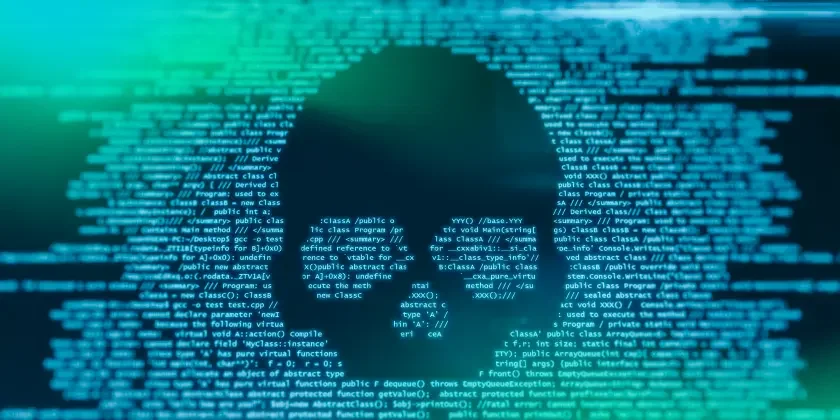What is CVE-2019-0708 vulnerability?
CVE-2019-0708, also known as "BlueKeep," is a critical remote code execution (RCE) vulnerability affecting Microsoft Remote Desktop Services (RDS). It allows unauthenticated attackers to execute arbitrary code on unpatched systems, potentially spreading malware within networks. This vulnerability gained attention due to its wormable nature and its impact on systems running older versions of Windows—including Windows 7, Windows XP, and Windows Server 2003.
When was it discovered?
CVE-2019-0708 was discovered by Microsoft researchers and publicly disclosed on May 14, 2019. Microsoft quickly released patches for supported systems, alongside extraordinary patches for unsupported versions of Windows to curb potential widespread exploitation.
Affected products & versions
Product | Versions Affected | Fixed Versions / Patches |
Windows 7 | All versions prior to May 2019 updates | |
Windows Server 2008 | All versions prior to May 2019 updates | |
Windows XP | All versions prior to May 2019 updates |
CVE-2019-0708 technical description
CVE-2019-0708 is rooted in the Remote Desktop Protocol (RDP) handling, where an attacker sends specially crafted packets to trigger a heap-based buffer overflow within the termdd.sys driver of RDS. Once exploited, attackers could gain complete control of the system, manipulate memory, install programs, and harvest sensitive data. Its pre-authentication nature means that attackers can exploit this without requiring user interaction, increasing its severity and potential spread.
Tactics, Techniques & Procedures (TTPs)
Threat actors use port scanning tools to identify internet-exposed RDP services (default port 3389). Malware payloads often focus on ransomware deployment, data exfiltration, and lateral movement within enterprise networks.
Indicators of compromise
Organizations should monitor for unusual activity on port 3389, including spikes in traffic and unauthorized access attempts. IPs associated with scanning or malicious RDP behavior should be flagged, and logs should be inspected for attempted connections from anomalous external sources.
Known proof-of-concepts & exploits
Several public proof-of-concepts exist for BlueKeep exploitation, including those integrated into Metasploit frameworks. Active campaigns have leveraged this vulnerability in ransomware attacks, such as the WannaCry-like wormable malware variants.
How to detect CVE-2019-0708 vulnerability?
To detect CVE-2019-0708, organizations should leverage host-based intrusion detection systems (HIDS) or managed SIEM solutions. Audit RDP logs for anomalies, such as unverified login attempts or traffic to exposed RDP endpoints. File integrity monitoring and endpoint detection tools can also identify malicious payload deployment tied to BlueKeep exploits.
Impact & risk of CVE-2019-0708 vulnerability
The risk posed by BlueKeep is significant, primarily because of its wormable nature, allowing malware to propagate automatically across vulnerable networks. This can result in large-scale disruptions, including ransomware lockouts, data breaches, and system outages—all of which compromise confidentiality, integrity, and availability in enterprise environments.
Mitigation & remediation strategies
Organizations must apply the latest patches released by Microsoft for affected products immediately. For systems that cannot be updated, consider disabling RDP, enabling Network Level Authentication (NLA), and using firewalls to restrict access. Implement robust endpoint detection and response (EDR) solutions, alongside regular employee awareness training, to mitigate the impact of social engineering attempts.
CVE-2019-0708 Vulnerability FAQs
CVE-2019-0708, "BlueKeep," is a remote code execution vulnerability in Microsoft RDS. It exploits a flaw in the RDP protocol, allowing an attacker to send specially crafted packets to gain control of an unpatched system without user interaction.
The vulnerability doesn’t require traditional infection methods like phishing. Instead, attackers scan networks for exposed RDP services and exploit them directly by manipulating RDP session packets.
Yes, despite patches being available, BlueKeep remains a threat due to the many unpatched and unsupported systems still in use worldwide. Regular patching and network segmentation are crucial to mitigate risks.
Organizations should prioritize installing patches, enable NLA, restrict RDP access to trusted IP ranges, and use intrusion detection and EDR solutions to monitor and mitigate potential exploits.




Protect What Matters








